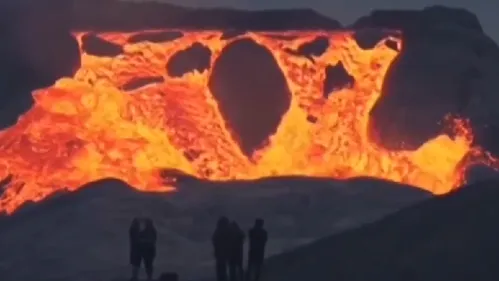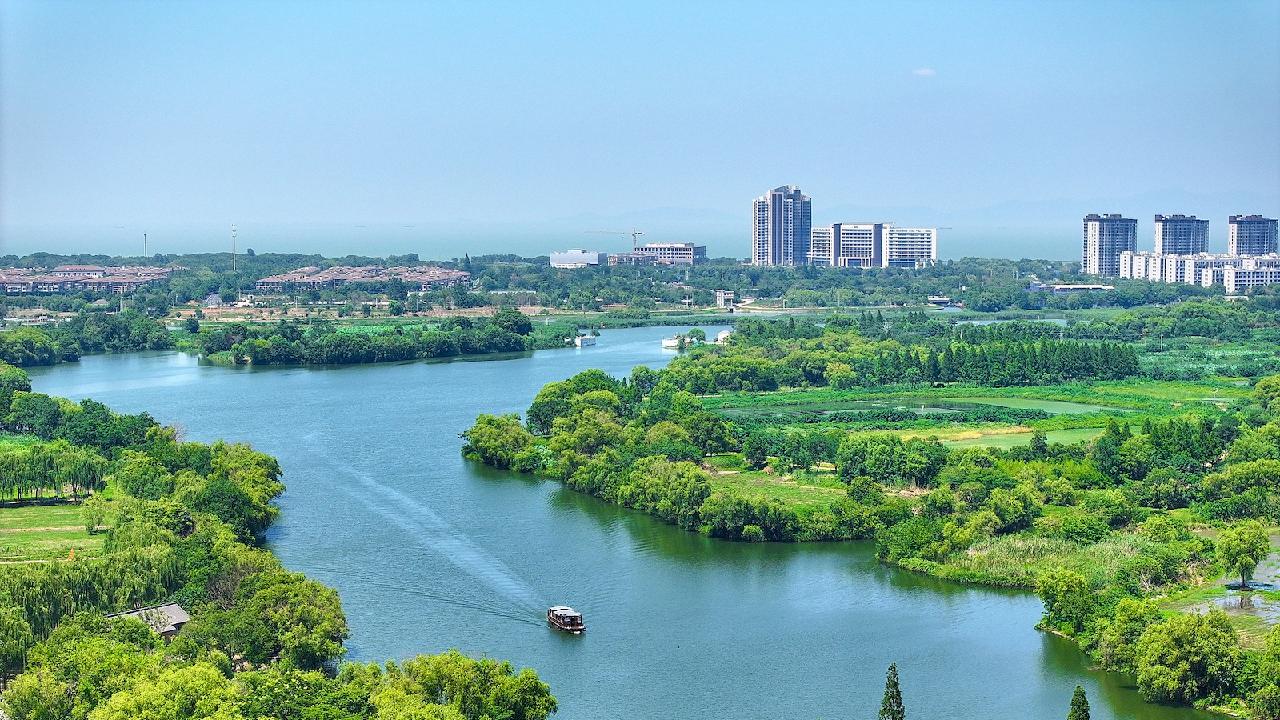AI Reveals Earth's Secrets by Chinese and French Scientists in Paris

In a groundbreaking collaboration between scientists from China and France, researchers in Paris are harnessing the power of artificial intelligence to unravel one of the greatest enigmas in planetary science: the formation and evolution of Earth and other celestial bodies over billions of years.
Leading this significant research effort is Razvan Caracas, a Senior Researcher at the Institut de Physique du Globe de Paris (CNRS), who is joined by an international team comprised primarily of Chinese postgraduates.
Utilizing AI alongside advanced simulations, the team is investigating the critical impact that early volcanic activity had on shaping the planet's atmosphere, particularly in terms of how gases such as carbon dioxide were released from lava and magma before atmospheric oxygen existed.
By delving into the atomic structures, researchers aim to recreate the tumultuous conditions that characterized Earth's formative years.
"We perform extensive statistical and mathematical analyses," Caracas explained. "Our goal is to extract properties that correlate with real-world phenomena, such as volcanic eruptions."
Given the impracticality of simulating billions of atoms found in real volcanic lava, the team opts for small-scale atomic models, which are interpreted through AI and machine learning techniques, thus bridging the microscopic data with broader geological processes.
What is currently unfolding in Paris would have seemed like science fiction just a decade prior, but with advancements in AI, scientists are transforming that fiction into tangible scientific realities.
The incorporation of machine learning enables the researchers to enhance their understanding, facilitating the connection between interactions at the atomic level and extensive planetary events. Caracas remarked, "Without AI and machine learning, advancing our insights would be virtually impossible."
Chinese researcher Xi Zhu expressed the thrill surrounding their discoveries, stating, "We are attempting to simulate one million atoms. It's exciting to engage in scientific exploration and to uncover new knowledge about our world."
As the international collaboration intensifies, so does the speed of their discoveries, particularly in unlocking the secrets of the Hadean eon, which represents Earth's enigmatic first 100 million years, dating back approximately 4.6 billion years.
Utilizing advanced tools and fostering global cooperation, scientists are inching closer than ever to grasping how our planet, and potentially others, first emerged into existence.
Read These Next

China's Ambitious Plan for Zero-Waste Cities Development
China is creating 'zero-waste cities' to enhance recycling and minimize landfill use, engaging over 113 cities in this effort.

Rise of Life-like Robots: Beijing's New Robot Mall Launch
This article explores the launch of Robot Mall in Beijing, focusing on the sale of life-like robots and the broader implications for society and technology.

NASA, Google Create AI Medical Assistant for Astronauts
Discussion on NASA and Google's partnership to develop CMO-DA, an AI medical assistant for space missions, and its implications for healthcare in extreme environments and Earth.
